BIOSTAR GAMING H170T (LGA1151) Motherboard Review
John Williamson / 8 years ago
BIOS and Overclocking
There is no easy way to say this but the BIOS’s user-interface is ghastly and convoluted. Admittedly, it’s perfectly functional once you begin to overlook the horrid theme and become accustomed with the general layout. However, first impressions are key and the BIOS seems like a throwback to systems from a bygone era. When you consider how streamlined many modern UEFI BIOS setups are, it’s extraordinarily difficult to accept the flaws in this incredibly dated GUI. BIOSTAR desperately need to overhaul the BIOS’s visual design and navigation to create something which reflects hardware in 2015.
Complaints aside, the BIOS has the functionality required to monitor key system attributes and make manual tweaks. This page outlines the motherboard’s model name, BIOS version, memory capacity and frequency.
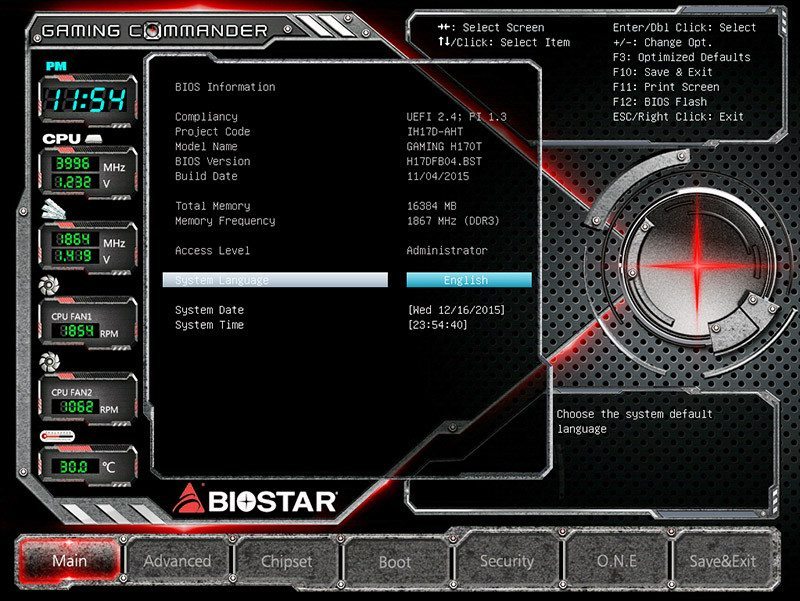
The Advanced tab contains a huge array of options including Smart Fan Control, NVMe Configuration and ACPI Settings. As a result, it’s quite easy to alter many of the motherboard’s settings within one menu.
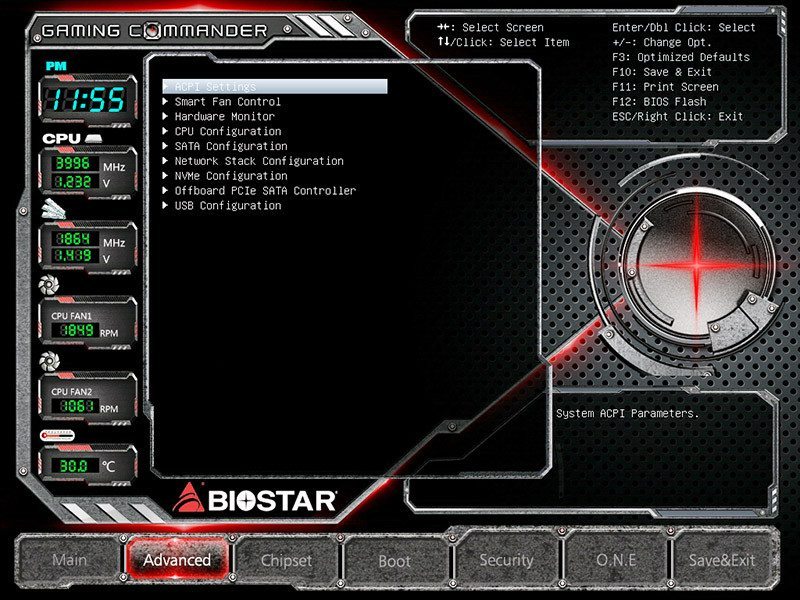
Here we can see the fan control section which allows you to set a manual fan curve based on temperature readings. One excellent inclusion is the CPU Fan Calibrate which automatically gauges the RPM values to optimize your cooling hardware. Ideally, the BIOS would work better with RPM speed tweaks instead of a set start value. Although, I didn’t have any problems setting up a custom fan profile using this method.

This page informs the end-user of key system readings including CPU temperatures, fan speeds, CPU vCore, and DRAM Voltage.
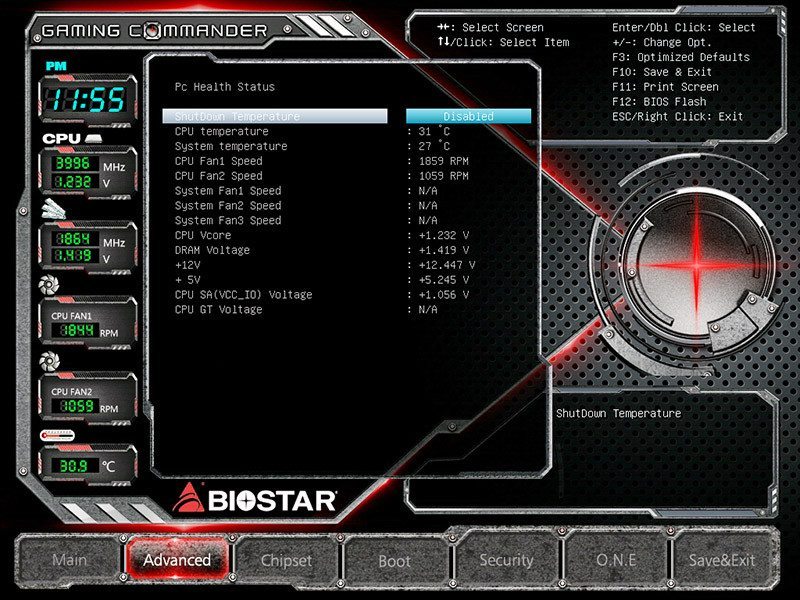
It’s also possible to enable or disable key features of the i7-6700K including Hyper-Threading and Adjacent Cache Line Prefetch. However, for the majority of users, I would recommend leaving this on the default configuration.

The Chipset menu allows you to change the PCH-IO, System Agent and Onboard Devices. Once again, unless you have very specific requirements, I wouldn’t modify anything here.
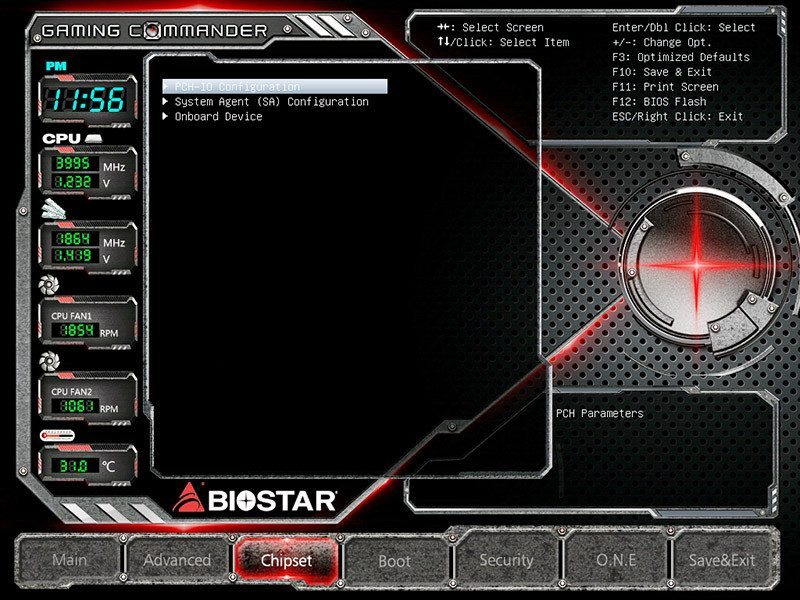
Next, the Boot tab is useful to enable/disable foot booting, and change the drive order priority.
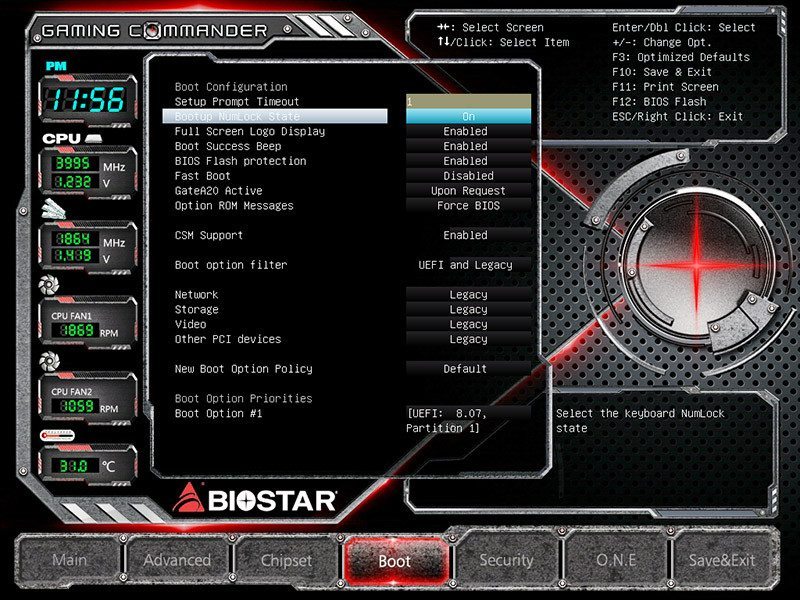
It’s remarkably simple to set up an administrator password to prevent other users from accessing the BIOS. This is a welcome feature as I’m always concerned about family members going into the BIOS by mistake and changing values to unsafe limits.
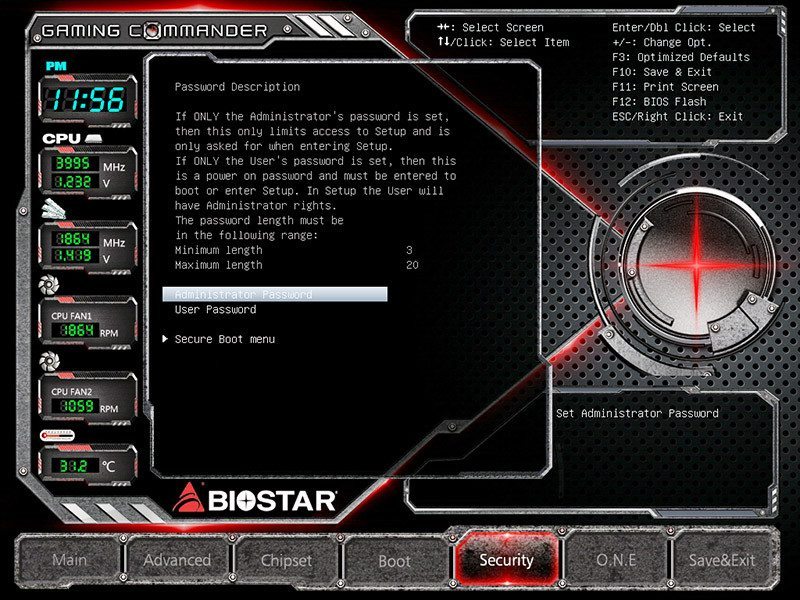
Given the furore surrounding BCLK overclocking, I couldn’t wait to see if this particular motherboard supported any frequency boosts in the BIOS. Rather unsurprisingly, you cannot adjust the BCLK. To be fair, the overclocking process on H170 is extremely new, and unofficial. Subsequently, I didn’t expect the BIOS to have this option but an update in the future could add overclocking functionality. On another note, the CPU Ring OC Ratio has a maximum figure of 42, and cannot be extended by this. In basic terms, this means you can only set the CPU to its core (x42) turbo multiplier.
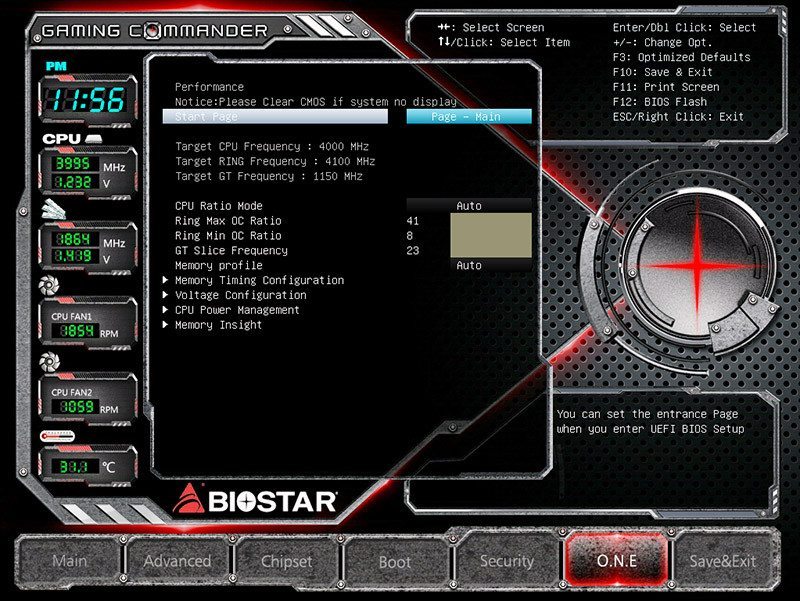
This page provides a great deal of information about memory timings and it’s possible to manually adjust these figures. However, unless you’re technically proficient and enjoy tweaking, it’s not worth your time.
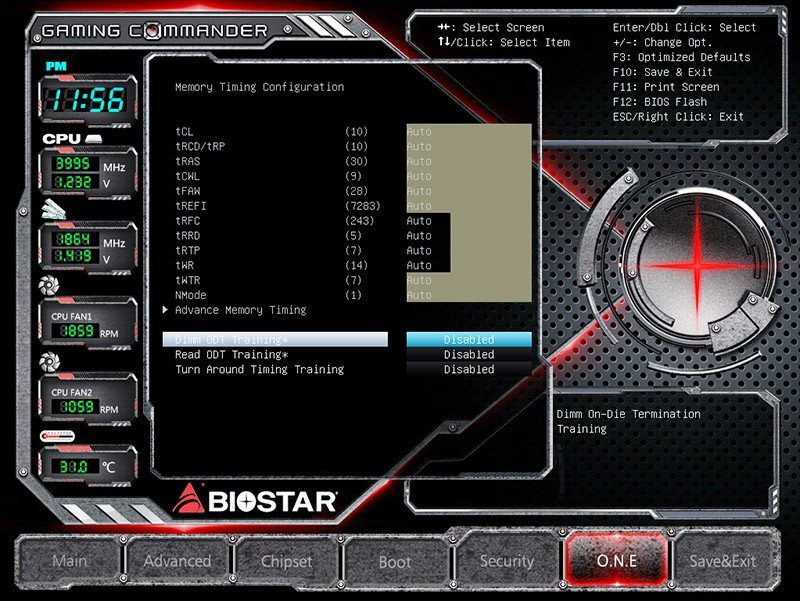
Even though the H170 chipset doesn’t support overclocking, it’s possible to undervolt the CPU and set your own Vcore. This should help to reduce CPU temperatures although it’s not really required given the stock frequency’s thermal efficiency under load. Here, you can also change the PCH Voltage, and DRAM Voltage.
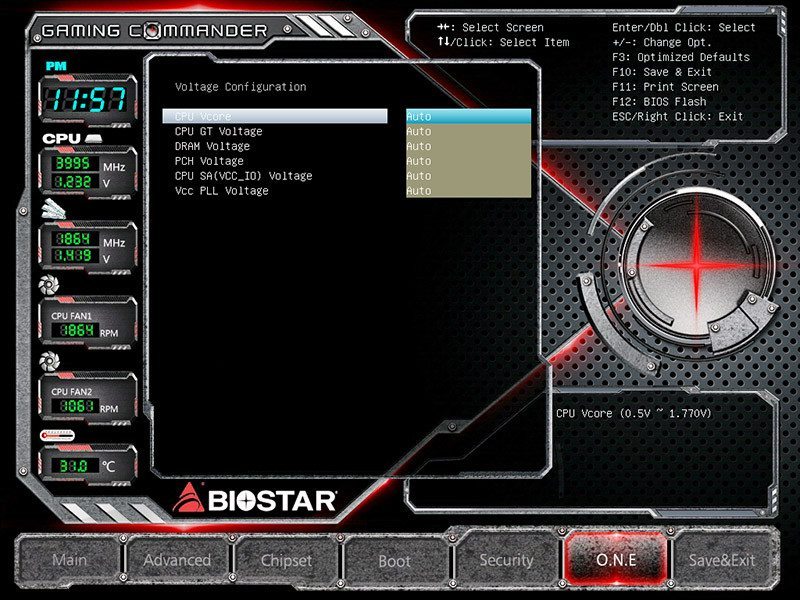
If the previous memory screen wasn’t detailed enough, it’s possible to browse each DIMM’s CAS rating, voltage, and frequency.
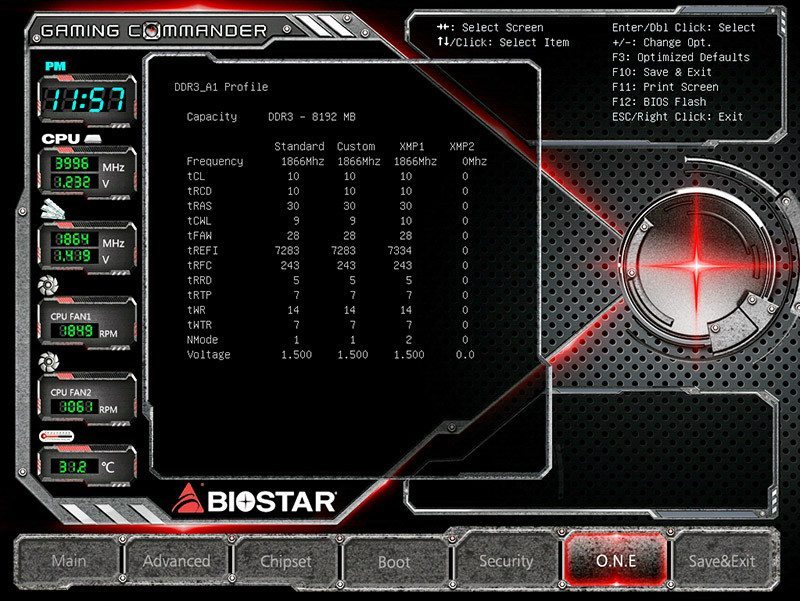
The final page displays the system’s disk boot priority, allows you to load/save profiles and finalize any changes you’ve made in the BIOS.
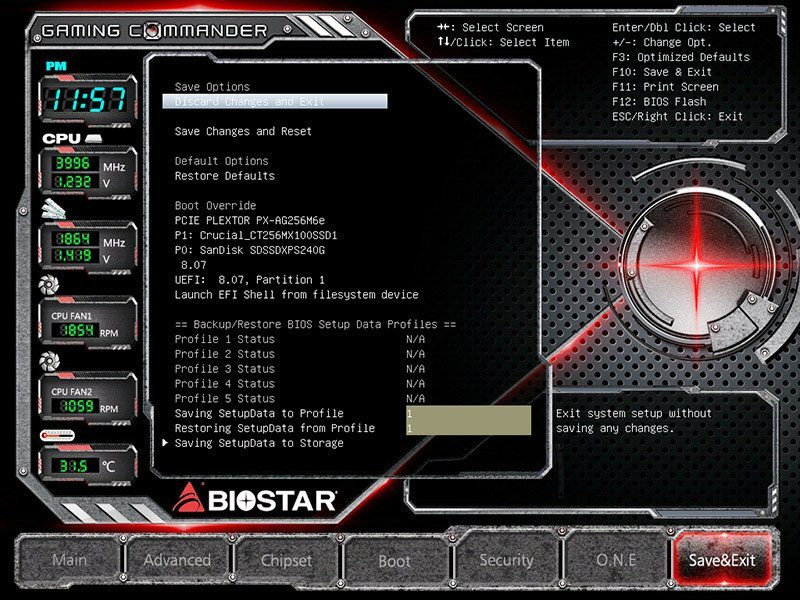
Overclocking
As previously mentioned, Intel’s H170 chipset disables multiplier overclocking even with an unlocked CPU like the i7-6700K. Additionally, the current BIOS version doesn’t have an option to change the BCLK and force an enhanced frequency with a revised CPU strap. Nevertheless, it’s not a major issue on a budget-orientated motherboard and showcases how new the H170 BCLK process is.



















